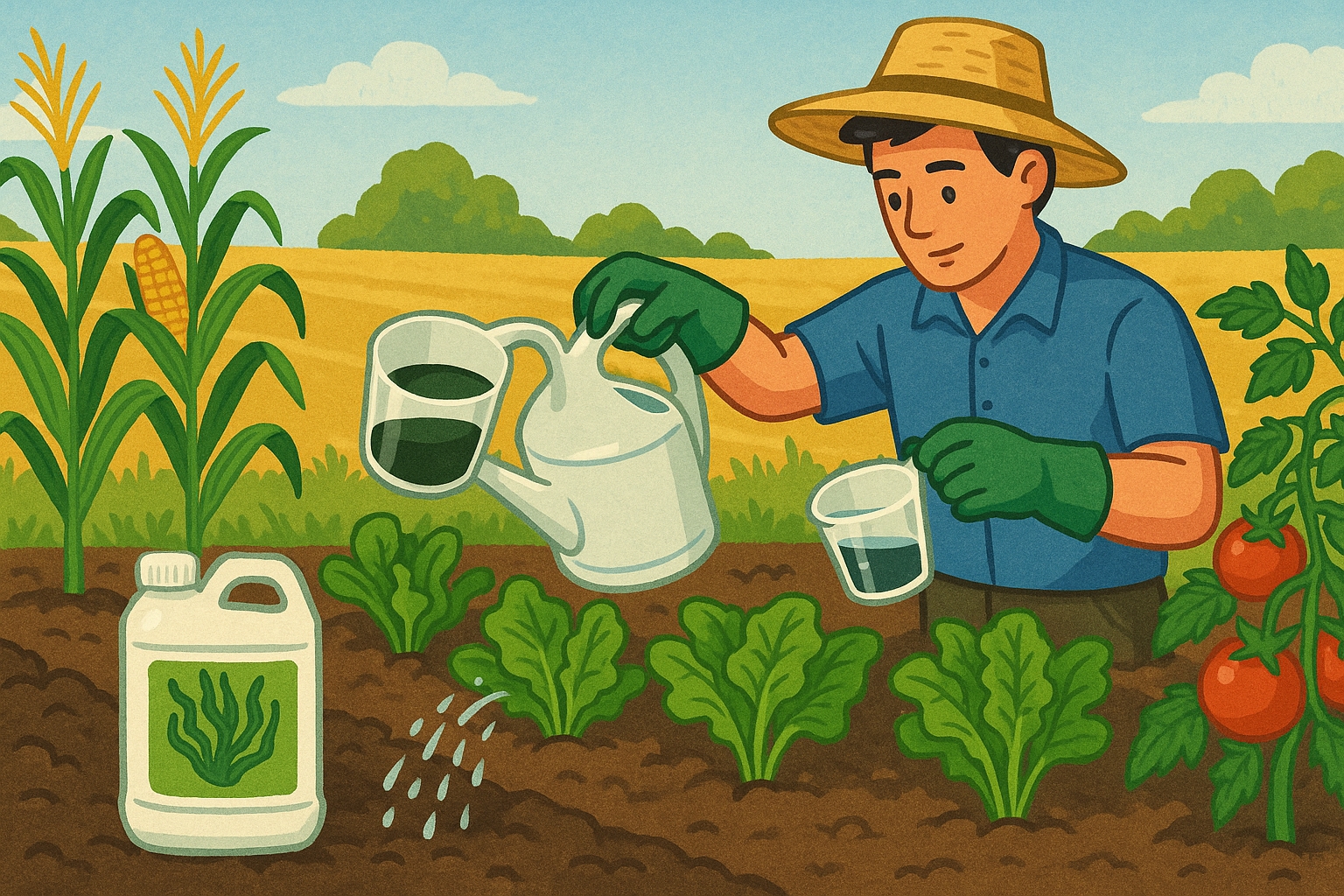
Water is the lifeline of agriculture, yet it is also one of the most limited and contested resources in farming today. With climate variability, shrinking groundwater reserves, and increasing competition for water, farmers must rethink how they use every drop. A water-smart approach is not just about conserving water—it’s about managing it efficiently to maximize crop yield, maintain soil health, and reduce production costs. This blueprint combines modern irrigation technology, crop-specific water planning, and soil management strategies to create sustainable productivity.
Why Water Efficiency Matters More Than Ever
Global agriculture accounts for about 70% of all freshwater withdrawals. In regions prone to drought, this figure often exceeds 90%. The Food and Agriculture Organization estimates that water scarcity could reduce crop yields by up to 50% in severely affected areas if current practices continue.
Water inefficiency also has hidden costs—over-irrigation can lead to nutrient leaching, salinity buildup, and even root disease. Under-irrigation, on the other hand, reduces photosynthesis, stunts growth, and lowers the quality of the harvest. A water-smart system balances these extremes to achieve consistent output year after year.
Building the Right Irrigation Infrastructure
The backbone of any water-smart blueprint is an irrigation system designed for efficiency and adaptability. Traditional flood irrigation wastes water through evaporation and runoff, while modern drip and sprinkler systems deliver water precisely to the root zone.
For farmers looking to upgrade or expand their systems, it’s worth exploring suppliers where they can buy pipe & fitting irrigation products tailored to their crop layouts, soil types, and climate conditions. The right infrastructure reduces water waste, lowers energy costs, and extends the lifespan of the system.
Use pressure-compensating drip emitters for uniform water delivery
Install filtration units to prevent clogging and improve water quality
Precision Water Management Through Data
Advances in technology now enable farmers to track soil moisture, plant stress, and weather patterns in real-time. Soil moisture sensors, satellite imagery, and automated controllers help match irrigation precisely to crop needs, eliminating guesswork.
The International Water Management Institute highlights that precision irrigation can reduce water use by up to 30% while increasing yields by 10–20% in many crops. Integrating these tools requires an upfront investment, but it often pays for itself within one or two seasons.
Matching Water Delivery to Crop Growth Stages
Not all growth stages require the same amount of water. Germination and early growth demand consistent moisture for root establishment, while flowering and fruiting phases are the most water-sensitive for yield formation. By contrast, many crops can tolerate mild water stress during maturation without significant yield loss.
"Water is not just a resource, it’s a strategy that determines the harvest."
Adjusting irrigation schedules to match these stages can optimize both water use and crop performance. For example, deficit irrigation strategies in grapes and olives have been shown to improve quality attributes, such as flavor concentration, without reducing overall yields.
Soil Health: The Hidden Water Reservoir
Healthy soils store more water, making every drop of irrigation more effective. Organic matter acts like a sponge, absorbing and holding water for plant use. For every 1% increase in soil organic matter, the soil can hold an additional 20,000 litres of water per hectare.
Cover cropping, reduced tillage, and compost application all improve soil structure and water retention. Mulching further reduces evaporation and moderates soil temperature, creating optimal conditions for root growth.
Reducing Losses from Evaporation and Runoff
Up to 40% of water loss in open-field irrigation can be attributed to evaporation. Windbreaks, drip irrigation, and evening watering can all greatly lower these losses. In a similar vein, terracing and contour farming delay water runoff, giving infiltration more time.
Adding clay amendments or organic matter can increase the soil's ability to hold water in sandy soils where infiltration occurs quickly. Controlling compaction is essential in clay soils to guarantee that water percolates through instead of collecting on the surface.
Integrating Alternative Water Sources
Traditional sources can be supplemented by treated greywater, rainfall collection, and recycled wastewater. Nowadays, a lot of farms in arid areas collect rainwater from storage ponds or greenhouse roofs for use during dry spells.
Guidelines for the safe use of alternative water sources, including procedures for quality assessment and pollution prevention, are provided by the USDA National Water Management Centre.
FAQs on Water-Smart Farming
Is drip irrigation always better than sprinklers?
Not always—drip is ideal for row crops and orchards, while sprinklers may suit crops needing overhead moisture like leafy greens.How often should soil moisture be checked?
Daily monitoring is best during peak growth, though automated systems can maintain accuracy without manual checks.Can water-saving practices reduce yield?
When managed well, they can actually increase yield by reducing stress and improving nutrient uptake.What’s the best way to start improving water efficiency?
Begin with a water audit to identify current losses, then target improvements in both infrastructure and scheduling.
From Efficiency to Resilience
In addition to safeguarding yields, a water-smart plan increases resilience to unforeseen events. Farmers can increase productivity while preserving profitability and promoting sustainable water usage by combining effective infrastructure, accurate scheduling, healthy soils, and a variety of water sources.
Smarter water management is the road to a future where agriculture prospers in spite of conflicting water needs and changing climates. It is not an alternative. The farms who accept it now will continue to produce robust harvests in the future.
